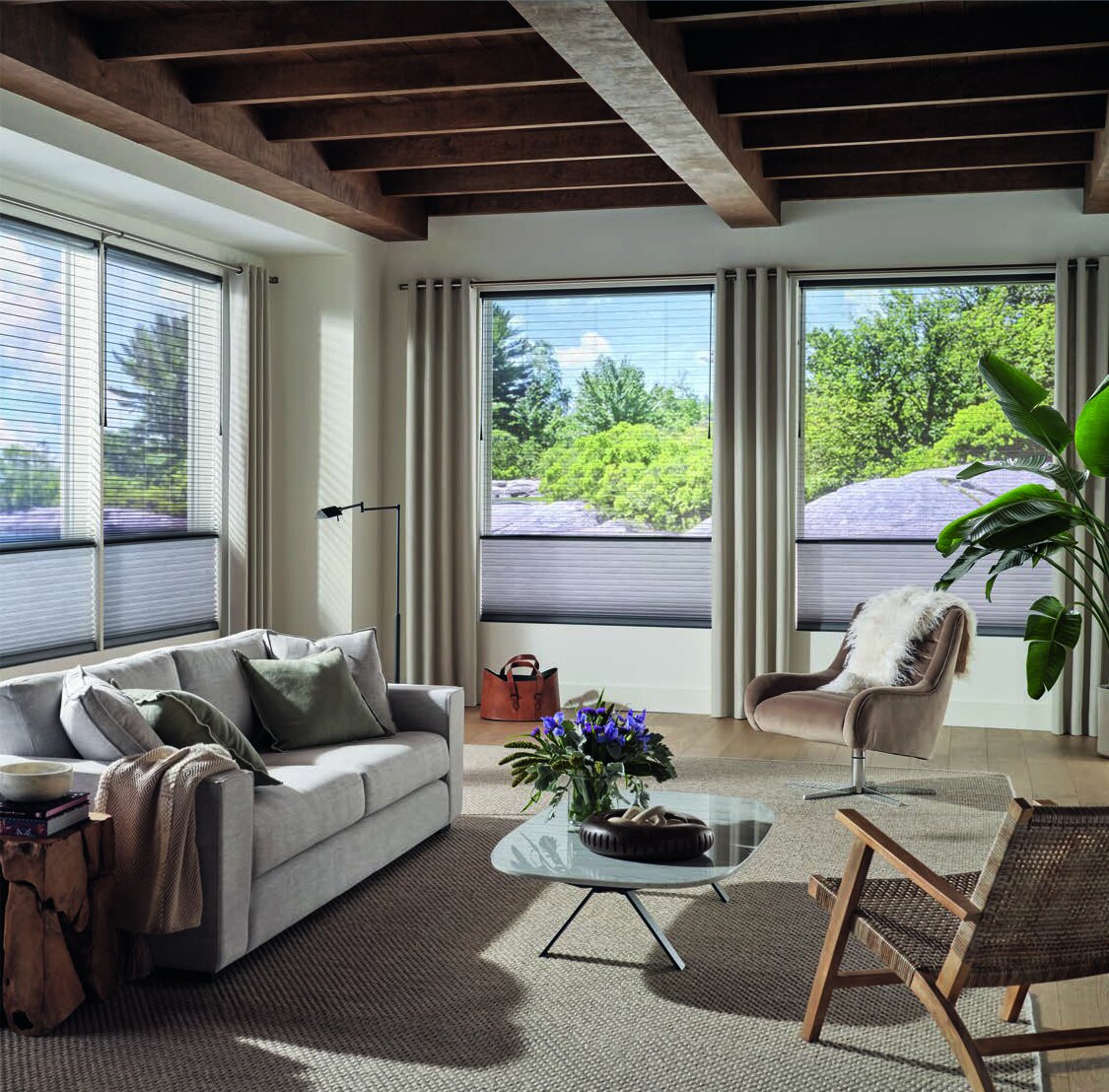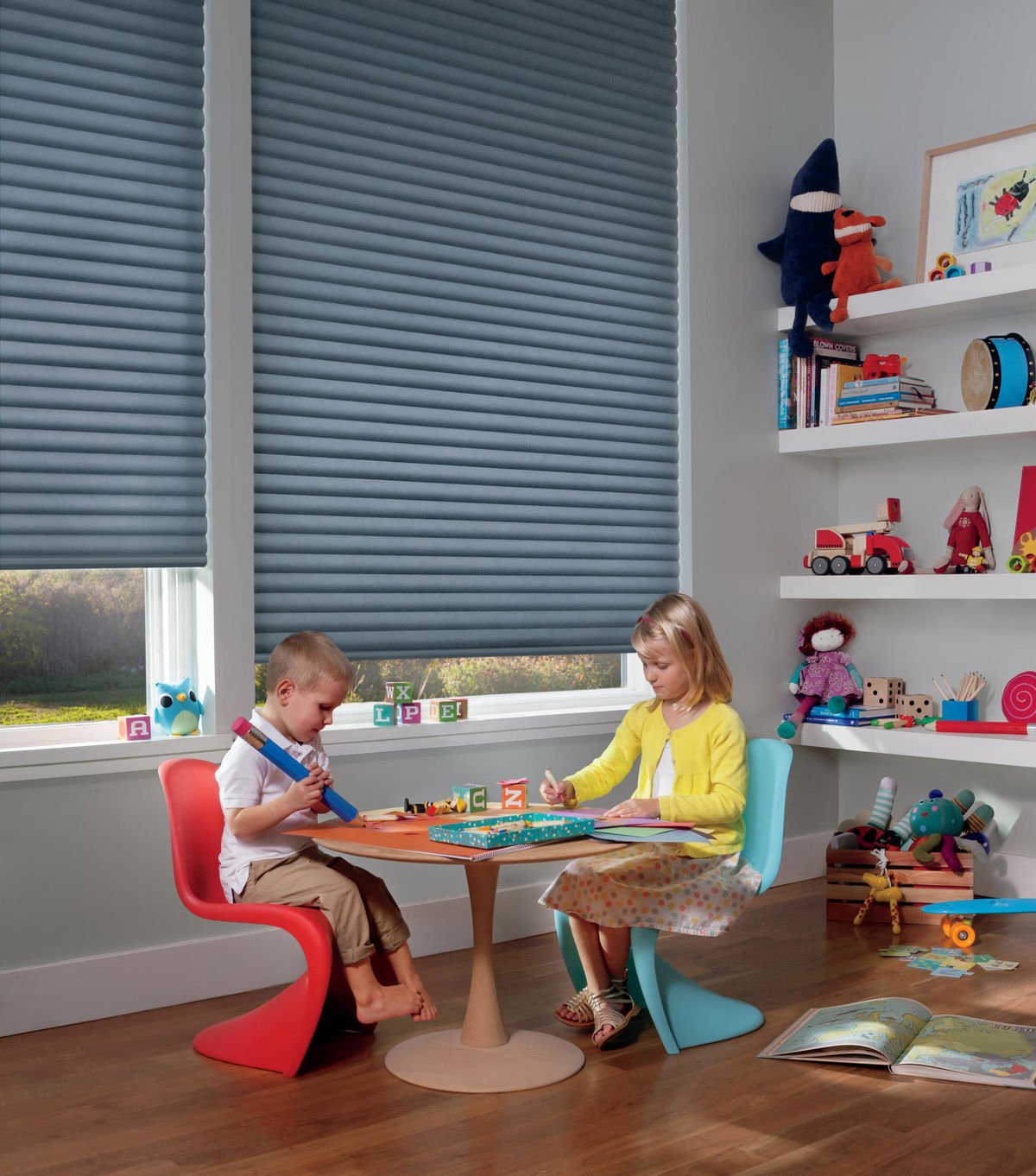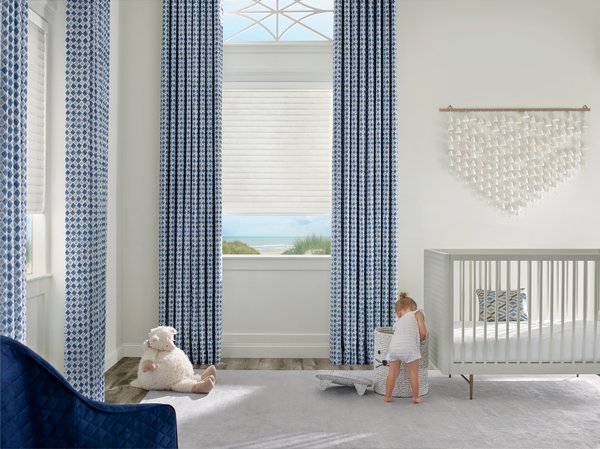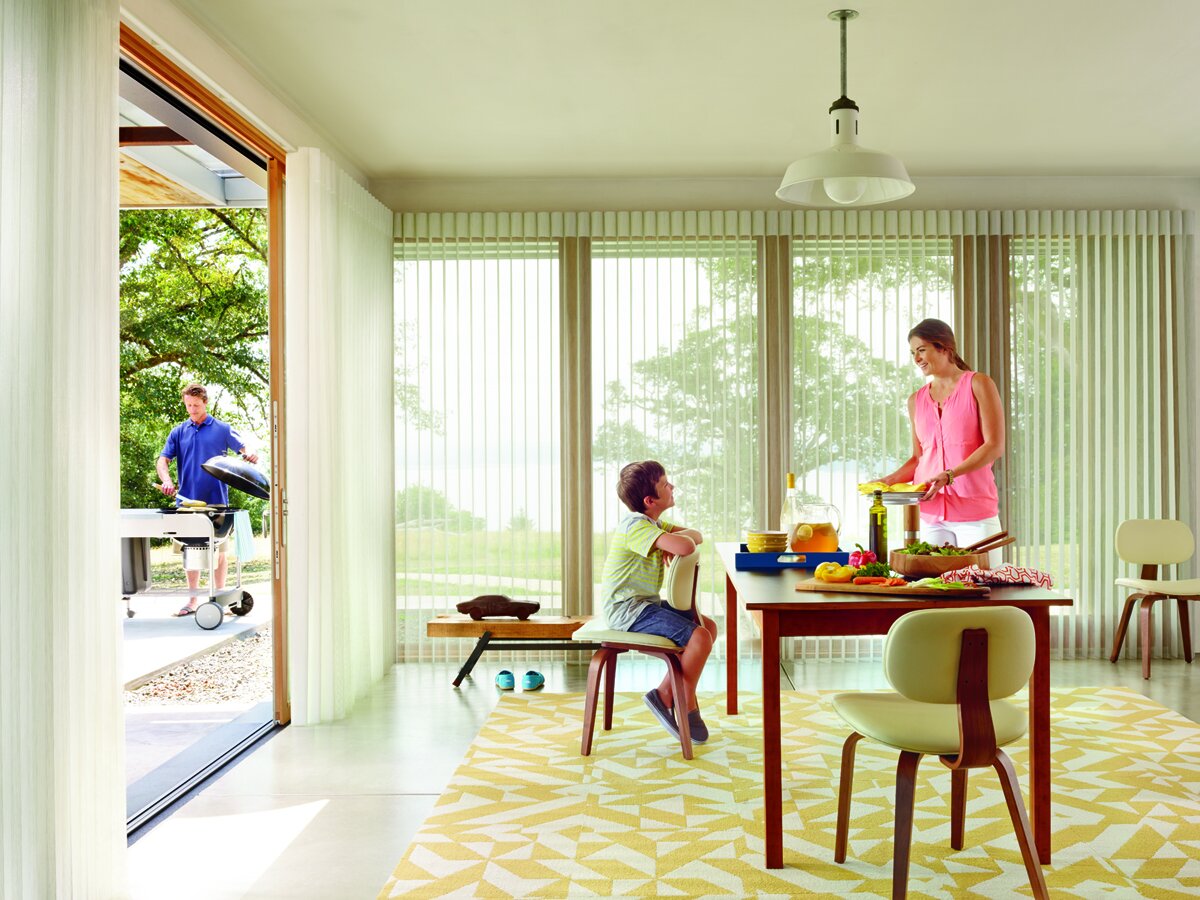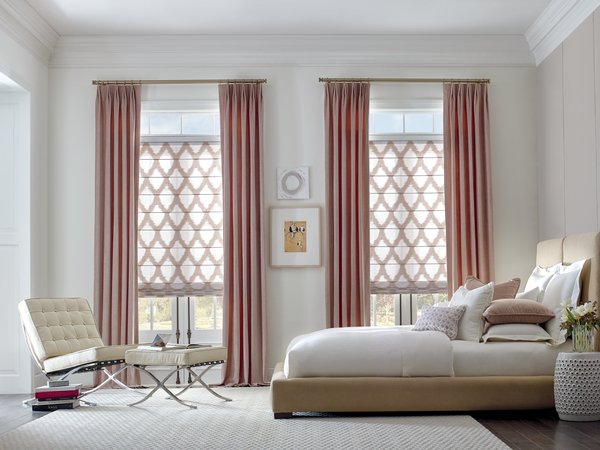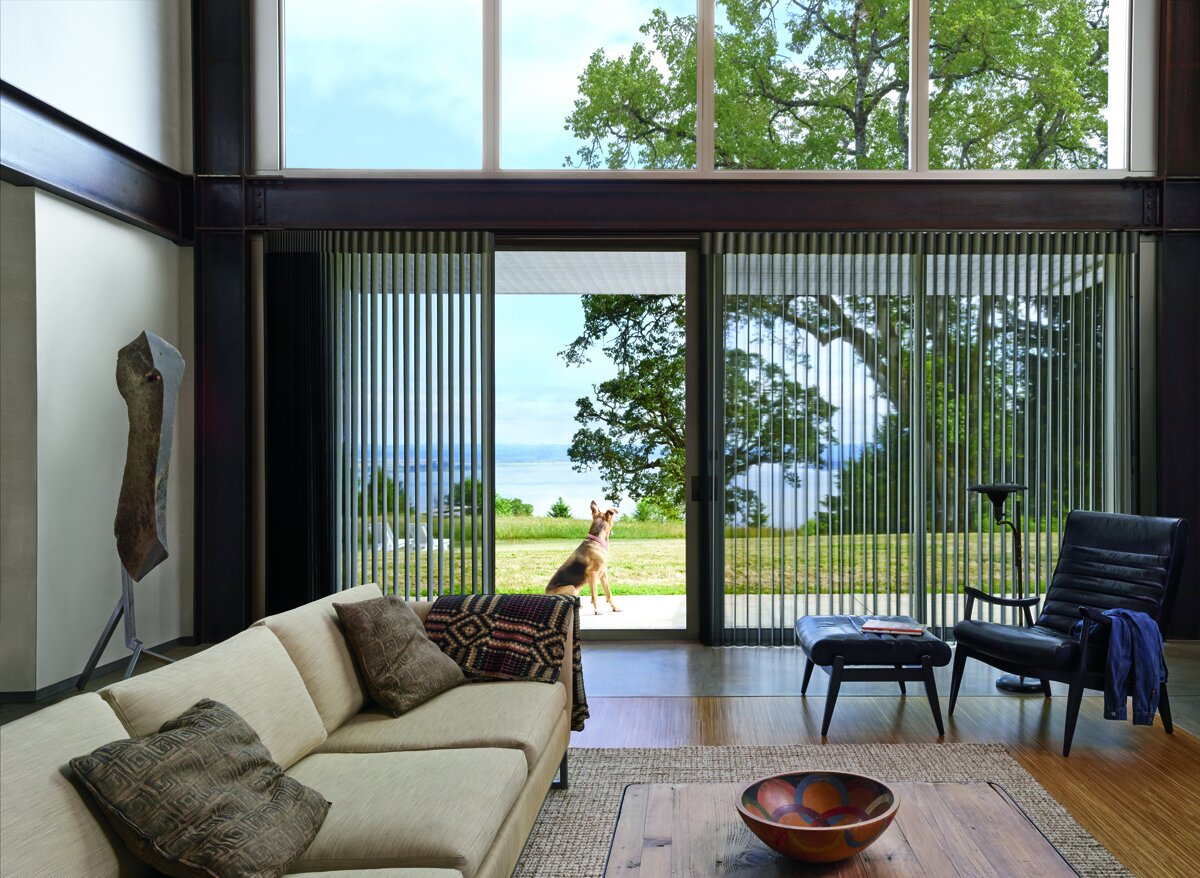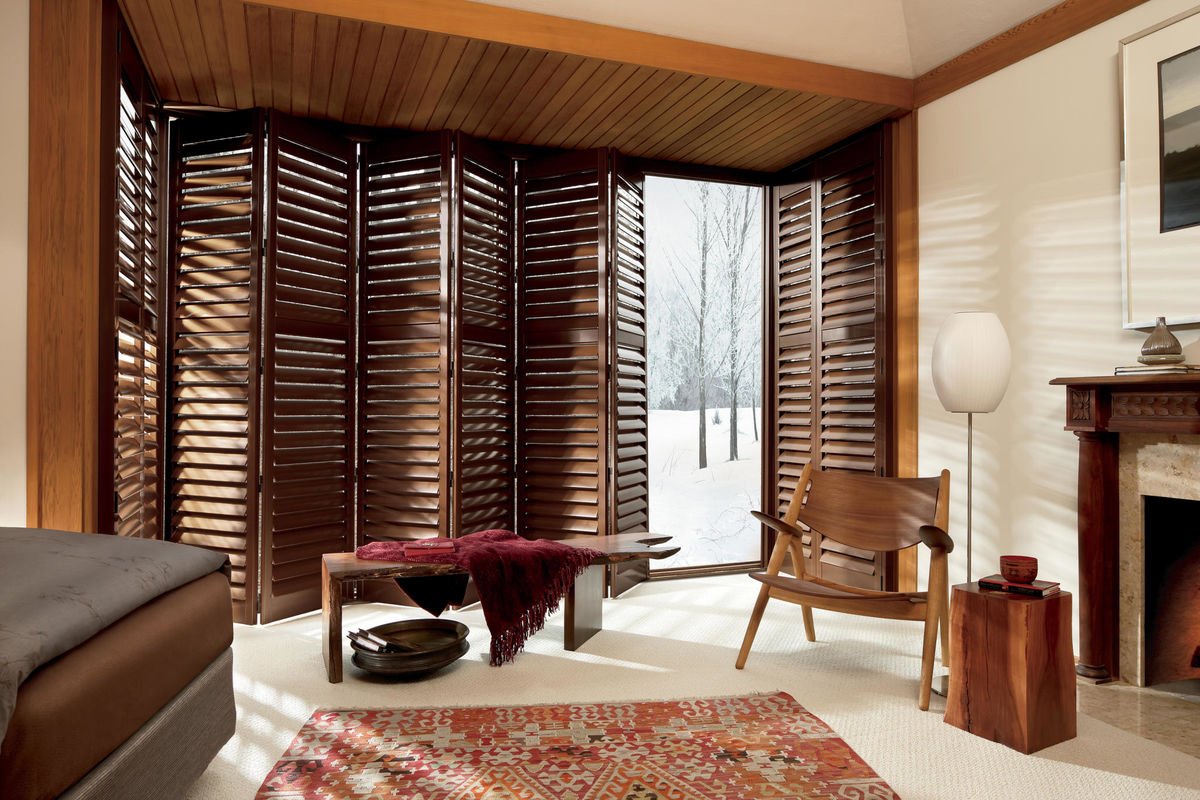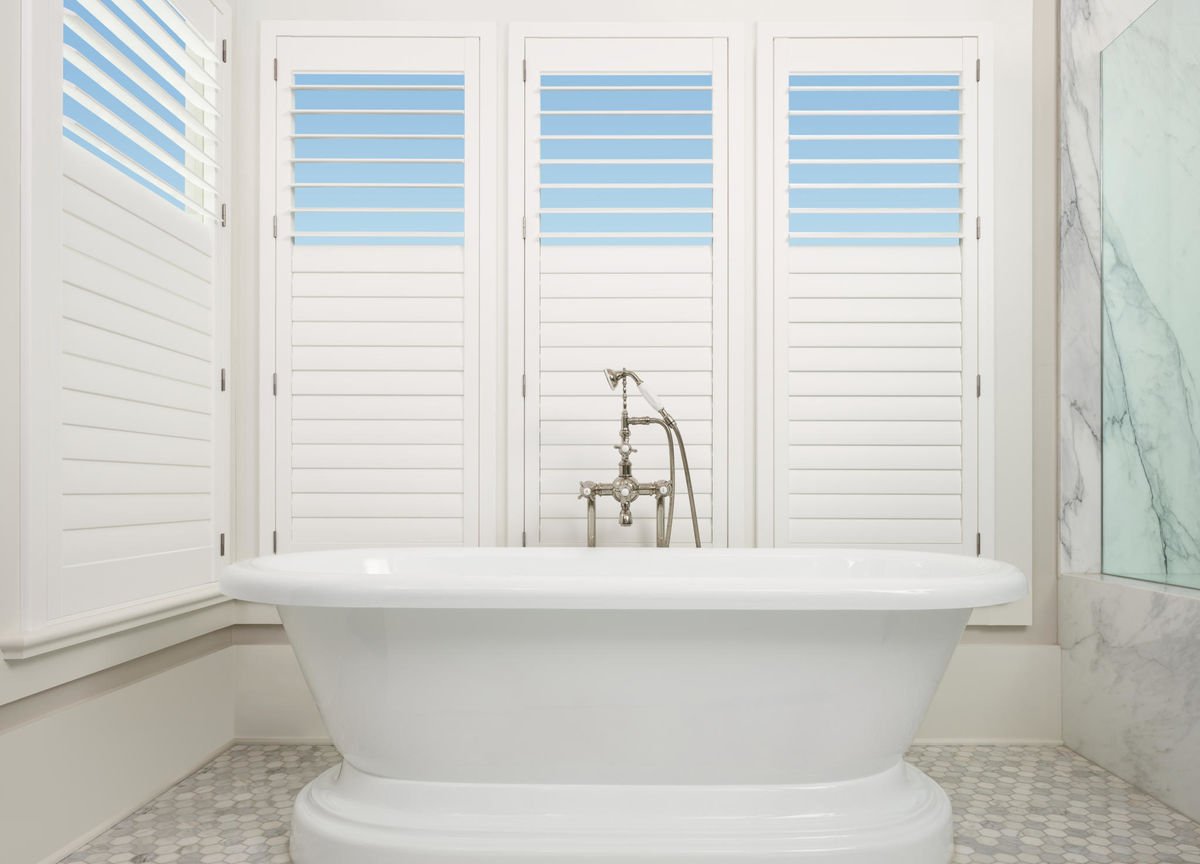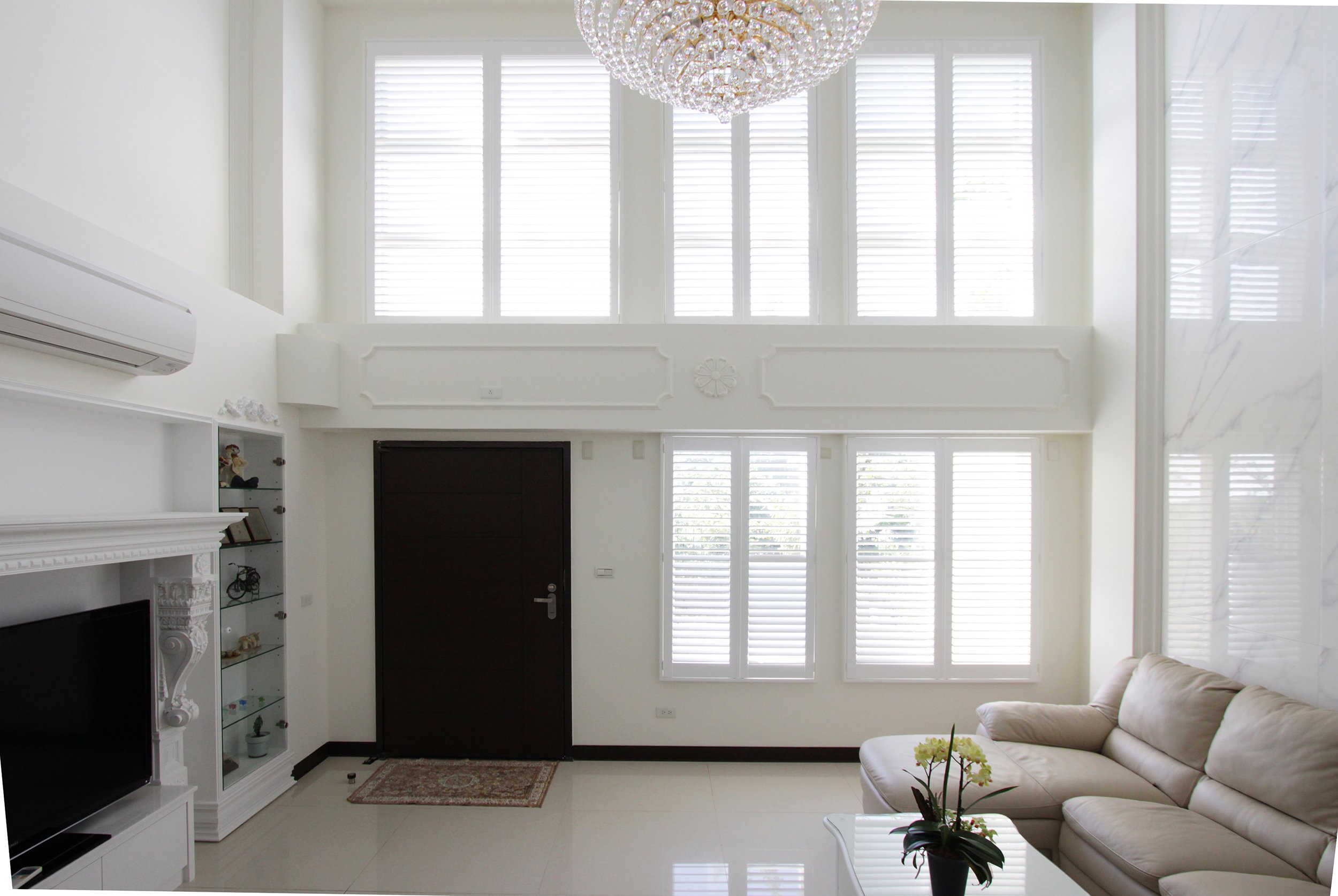Child Safety & Window Coverings
On May 1, 2022, some major changes to the Corded Window Coverings Regulations were put into affect by Health Canada.
So you may be wondering what, exactly, does that mean for the average homeowner? We’re going to give you a brief overview of what the changes were and how they affect blinds, shades, drapes, curtains, sheers, shutters and other kinds of window coverings in Canadian homes.
On average, one child dies every year in Canada due to strangulation caused by corded window coverings. That is one death per year too many. Health Canada agrees, and has made significant changes to their regulations, which covers the manufacturing and sales of window coverings in Canada. For members of Parents for Window Blind Safety, who have been advocating for stricter regulations in the industry for 12 years, this is a welcome change.
The industry as a whole has been making efforts to increase child safety and awareness around the dangers of corded window coverings for many years. Cordless lifting systems and motorized shades have become more popular, more readily available and more affordable to consumers. However, Health Canada didn’t feel that those changes were enough, so they made the regulations even more strict. As of May 1, 2022 many products, features and operating systems were banned in Canada and therefore discontinued by the manufacturers.
The new regulations aren’t just concerned with the lifting or operational cords, it also includes any interior or subsequent cord that can be accessed. Unfortunately, that meant that the ever-popular top-down bottom-up feature that was found on many cellular shades as well as other types of products, is no longer available. It was very popular here in Campbell River and north Vancouver Island because in so many homes it is the bottom portion of the window that people want privacy. Keeping the top portion of the window unobstructed meant that homeowners could take advantage of their beautiful views while maintaining privacy from the road or neighbours.
But there is good news! Passion and purpose spark innovation, and the industry has already seen some fantastic new features that are child and pet safe. One feature that has been around for many years has become more and more popular amidst these changes. It has also seen some improvements because of the heightened demand. A two-in-one cellular or honeycomb shade that has light filtering or room darkening on the bottom, and sheer fabric on the top (often called day and night shades or Duolite) has replaced the top-down bottom-up feature. The sheer fabrics are available in varying degrees of opacity to either maximize the view or increase the day-time privacy.
Virtually every type of blind, shade or window covering can be created with cordless operation, making them compliant with the regulations, and safe for children and pets. Smooth operating systems let you place the shade exactly where you want it with ease – and without it unraveling out of control (we’ve all seen those cheap rollers that you have to jerk just right to get them to go back up!)
Draperies have been a very popular choice for literally thousands of years, and they are still a great solution. Likely a bit nicer than what the Flinstone’s had mind you. Now a days you can get them motorized just like every other window covering option. It not only makes for a very dramatic and romantic effect, but is very convenient. Drapes can be heavy and awkward to slide opened and closed when they are very tall. Motorization ensures grubby hands won’t leave marks or tugging wrong won’t pull a hook off it’s carrier.
There is no one-size-fits-all solution when it comes to window coverings because there are just so many amazing products to choose from, but you can rest assured that there is the perfect SAFE solution for your home. The best way to make sure you are getting the ideal option(s) for you, is to work with a professional who can help you navigate all of those questions.
We have included some FAQ’s that have come up since the changes to Health Canada’s Window Covering Regulations came in to affect. Hopefully these will help. If you have any questions that aren’t covered here, feel free to reach out!
FAQ’s
What changes were made to the CWCR (Corded Window Covering Regulations)?
The CWCR limits the length of ANY cord which can be reached on a product to 22cm (approx. 8”) or a loop 44cm in diameter. This applies to operational cords as well as inner cords, rear cords, power cords, retractable cords or any band, rope, strap, string, chain or wire that is capable of folding in every direction.
Every part of a window covering that is accessible to a child and is small enough to be choked on, must be permanently affixed.
Any cord that is unreachable must remain so, whether the window covering is fully opened, fully closed or in any position in between.
Warning labels and manufacturing information must be permanently affixed to all window coverings.
Are venetian blinds banned?
On standard venetian blinds, the inner “ladder” cords can create a loop larger than 44cm when a minimal amount of force is applied, making them non-compliant. Many venetian blinds are now tilt-only meaning that the blind does not raise up in the window. There are some blinds available that are fixed to the window sill so that the inner ladder cords cannot become slack and cause strangulation. The blinds can be manually un-clipped from the sill and then will raise up complete in order to access the window, however they cannot be left in a partially raised position. We carry 2” aluminum, wood and faux wood blinds that offer tilt only, as well as 2″ wood & faux wood that are fully operational and can even be motorized!
Will all cord-operated blinds be banned?
Traditional cord lift-operated blinds such as “cordlock” or “continuous loop” are being banned. However, we offer an operating system with a retractable cord that can never be longer than 22cm which is available on many of the products we carry. We also carry a product line that is made in Canada and offers 2 very innovative lifting systems. The patent pending Genius Child Safety System and the DecoraSafe Concealed Cord System are great ecenomical options when cordless operation is not possible.
Are roller blinds still available?
Yes. Roller blinds are still available. The standard beaded plastic or chain cords are no longer allowed to be exposed, even if they are attached to the window liner or wall. We carry roller blinds with cords that are completely enclosed in a sheath. However, the best solution would be cordless or motorized roller shades.
Are Top-Down Bottom-Up products still going to be available?
The exposed cords in all top-down bottom-up shades make them non-compliant with the new regulations. However, by enclosing the top portion of those shades with a sheer fabric (sometimes called DuoLite® or Sun Up/Sun Down) consumers can still maintain views out and the cords become unreachable which means they are compliant.
Will my existing blinds be illegal?
It will not be illegal to have window coverings that are not in compliance with the new regulations, as long as they were installed prior to the implementation date of May 1, 2022. If you are concerned about whether your existing blinds are safe for your family, we will provide a free consultation and discuss your options. Many products can be converted to different operating systems including cordless and motorized.
My existing blinds are still under warranty, what if they need to be repaired?
For all of the manufacturers that we carry, if a product is still under warranty, it can and will be repaired to the standards that were in place when they were originally made. If a product is still under warranty and needs to be remade, it will be made compliant with the new regulations.
Does this change affect drapes and curtains?
Yes, it affects any corded window coverings, which means cord-operated drapes will no longer be available. Hand drawn (with use of a wand) and motorized drapes will still be available.
How does this change affect power cords?
Wherever possible we suggest to use low-voltage wiring within the house’s framing. Otherwise, most motorized shades can be battery operated eliminating the need for power cords. For many vertically operated window covering, such as drapes, battery power is not sufficient to operate the shade and they require a constant and stronger source of power. In those cases the power cord must be less than 22cm or manufactured in a way that the cords cannot create a loop.


